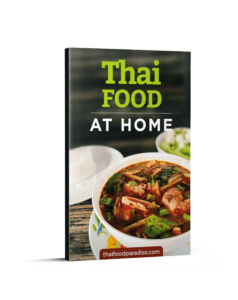“Do I Need A Wok?” (It Depends)
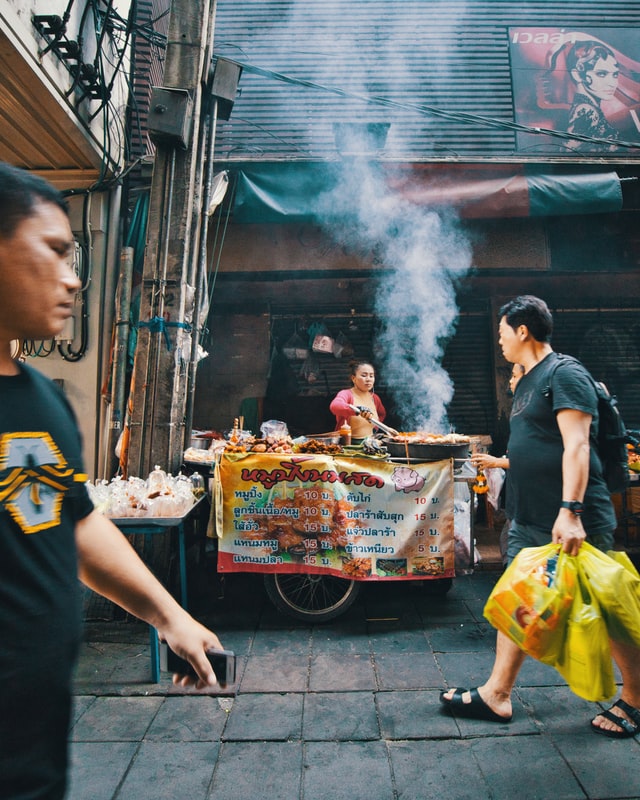
“Do I need a wok?” is a much-debated question in the realm of cooking. Hang out at any online forum about food and you’ll see mixed answers to this question. Open popular cookbooks and you’ll find some chefs advocating them while others telling you any dedicated stir-fry pan will do. This article helps to answer the question in the context of Thai cooking.
So, Do You Need a Wok to Cook Thai Food?
Buying a wok is not strictly necessary for cooking Thai food, however, there is no real reason to avoid buying buy one. Woks are versatile, durable, perfect for stir-frying, and cost-efficient. The only acceptable reason not to buy one is if you are very limited for space and you already have a decent non-stick pan that does a good job of stir-frying.
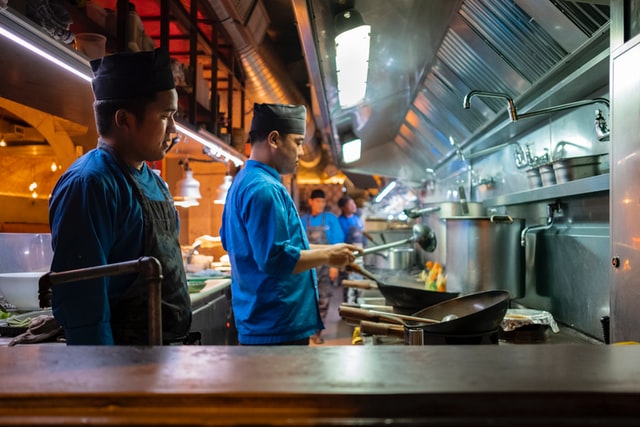
The reason that woks are so important in Thai food is that they are the perfect vessel for stir-frying. And Thai food is big on its love of stir-fried dishes. Whether you put meat or veggies in it, the conical shape of a wok forces your food into the center of it, which is the hottest part of the flame.
Being exposed to the high heat allows your food to cook rapidly. And like in many east Asian cuisines, Thais are big fans of quickfire à la minute dishes. In fact, if you think your standard Western gas hob gets hot, you should see the burners used in Thai restaurant kitchens. These industrial burners emit flames that roar and make sweat drip from your forehead as soon as you enter a Thai kitchen.
Another redeeming and underrated characteristic of this type of cooking pot is that it’s excellent for stir-frying in. The amount of oil you need is less than other types of pots like a Dutch oven, and it heats up quicker.
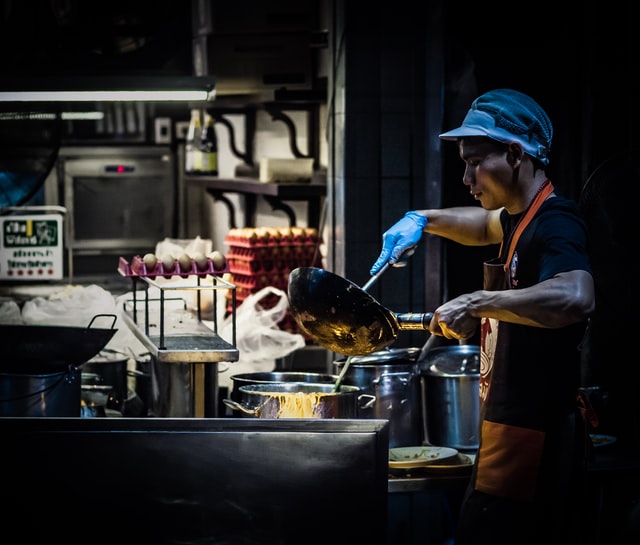
I listed the humble wok on my page about essential Thai cookware. But I am not puritanical with this opinion. I recognize that there are circumstances in which you might not have space for one in an already packed kitchen. If you do have the space, I would say without question, you should absolutely buy a wok.
If you don’t already own a wok, the best type to buy is a carbon steel, hand-hammered wok. Cast iron is also fine. I don’t really like stainless steel woks. Ceramic can be a good alternative if you prefer to use healthier cookware.
Opt for one with a flat bottom if you have an electric or induction hob. If you have a gas hob, you can consider buying one with a round bottom, which is what you’ll often find in Thai kitchens or restaurants.
Most importantly, don’t get too bogged down in buying the perfect wok. Look for the materials and traits above and you won’t go too far wrong.
Cleaning a Wok: Pamper That Patina!
Woks have an interesting characteristic in that the older the wok, the tastier the food cooked in it. This is due to the build of a layer known as a patina on the surface of the wok. The patina builds up due to oxidation of the pan’s metal.
The desirability of a patina on your wok is why you should only ever clean it with hot water and then dry it with some paper towels. Ideally, you’ll clean it straight after cooking because the cooking residue comes off easier. Avoid using steel wool scouring pads like Brillo because it’s not conducive to the development of a thick patina.
Tips for Cooking in a Wok
The best tip I can give is that the food should always be moving when you stir-fry in a wok. You need some sort of spatula, ideally a robust one, to flip and toss the food constantly. Stir-frying in a wok is not a passive cooking activity. It’s rapid, intense, and exciting.
Another top tip is not to be afraid of the heat. You don’t want to set your burner on low in fear of the food burning. Get it up to its maximum temperature. Once you keep the food moving, it won’t burn.
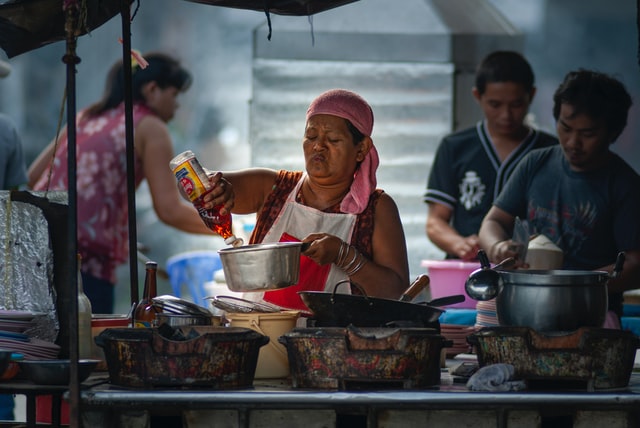
If you notice that, say, some garlic you’ve put into the wok is starting to colour quicker than you expected, it’s important to remember that you can remove the wok from the hob to reduce the intensity. Alternatively, you can add a splash of water to prevent burning.
Don’t be afraid of using enough oil in the wok. If you are inexperienced, use slightly more than the recipe calls for until you get used to the dynamics.
Last but not least, when it comes to stir-frying Thai food, preparation is vital. You should have everything you need ready to dump into the pan. There is no time for peeling garlic or slicing meat once the cooking process starts. Most stir-fried Thai dishes should be finished within 2 to 3 minutes maximum.
Closing Thoughts
I hope this has been a useful resource if you wanted to know whether you need a wok and why they’re so handy for cooking Thai dishes. Let me know in the comments below what wok you have. Also, please share this on your preferred social media website if you find it helpful. Until next time, Ronan.
I lived in Thailand for a few years during my 20s during which time I fell in love with Thai food. Along with my Thai partner, I cook and eat tasty Thai dishes 3 or 4 times per week. I’m here to bring you recipes, Thai food tips, and suggested cookware for making Thai food.
